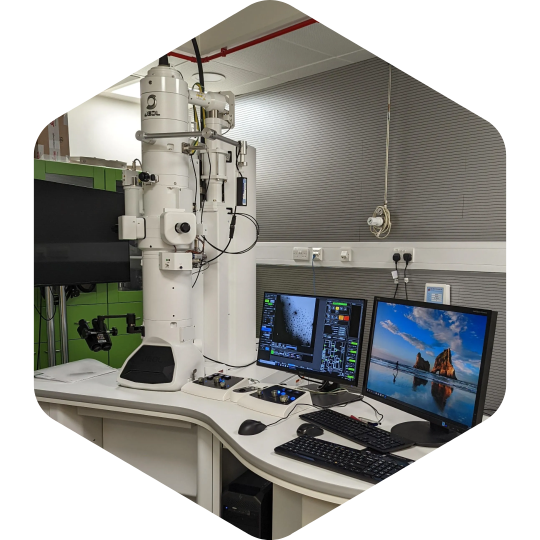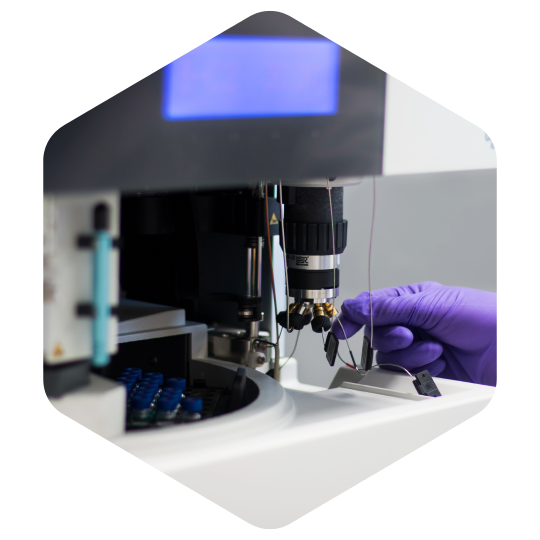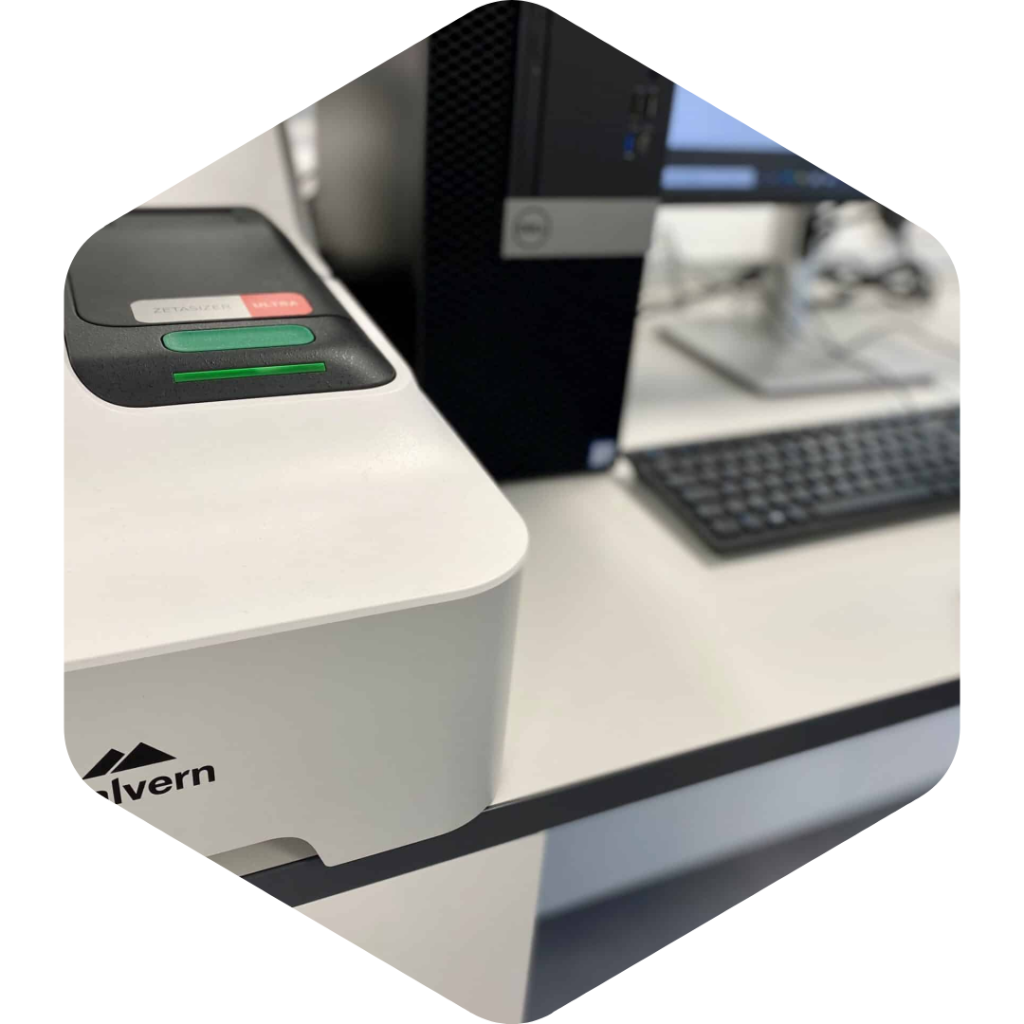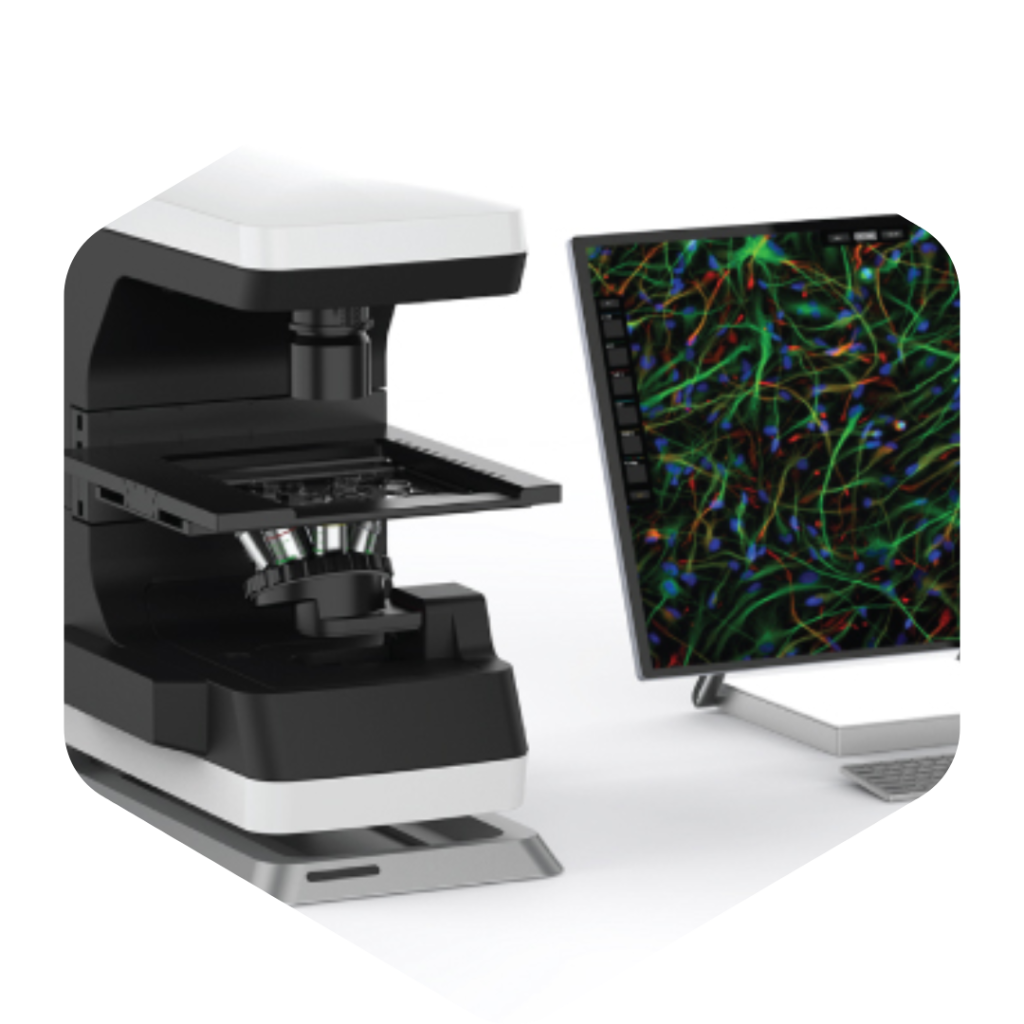Liposome Characterisation Services
Liposomal Characterisation: The study and assessment of liposomal critical quality attributes such as encapsulation efficiency, physicochemical properties, composition and the release of payload from the liposome formulation are all vital to effective formulation development.
The main characteristics of liposomes are:
(1) average size and size distribution, shape, and polydispersity;
(2) surface charge;
(3) encapsulation efficiency;
(4) concentration of individual components (chemical composition);
(5) lamellarity and stability.
Characterisation studies, carried out on-site by GMPriority Pharma, involve zeta sizing, light microscopy and a range of chromatographic and spectroscopic methods to determine the impact of changing environmental conditions.
Liposomal product characterisation methods and services include:
- Accurate Size, Charge & Concentration Analysis of Liposomes using Tunable Resistive Pulse Sensing
- Analysis for identity, purity and quantitation of the active pharmaceutical ingredients (APIs)
- Liposomal encapsulation efficiency
- In vitro release testing
- Method development for extraction and quantification of API
We deliver regulatory compliant (GLP/cGMP) data from our state of the art laboratory. Our scientists have vast experience in liposome analysis across a range of liposomal applications including encapsulation of small molecules or larger entities.
Lamellarity Analysis
Lamellarity plays a crucial role in defining liposome properties; determining encapsulation efficiency, mediating diffusion rate of encapsulated agents out of liposomes, controlling payload release, penetration into cells, etc. Additionally, lamellarity has a significant effect on the intracellular success of the payload delivered by liposomes after they were taken up or processed in the cell.
Proper characterisation of liposome lamellarity serves as a pivotal step in liposome preparation, and is the prerequisite for successful liposome-related applications.


Lipid Content Analysis
Quantification of the lipid components of a liposome is a key attribute related to payload incorporation and release rate, pharmacokinetic properties, and stability.
Typically, more than two lipid compositions with a specific ratio are chosen to develop liposome formulation;
Examination of lipid species and the amount present in the final formulation becomes a crucial step to make sure lipid formulation is developed as required.
Size Analysis
An important parameter that affects the amount of drug/nutrient in circulation, the pharmacokinetic and pharmacodynamic of the liposome payload are pivotally determined by the size of liposomes. Particle size also determines the solution stability of liposomes.
It is just as important to measure the size distribution of liposomes as it is to know their average size since liposomes are macromolecules that may differ significantly in size even when produced using a unanimous method.


Permeability Analysis
By their nature, liposome membranes are semi-permeable.
Liposomes allow certain molecules and ions to cross the lipid bilayer, whilst maintaining a substantial barrier to others.
Liposome permeability analysis is a measurement of the diffusion rate of a solute through the lipid bilayer.
Particle Size and Polydispersity Index
In order for liposomes to be effectively and efficiently absorbed into the cells, they need to be a certain size. If the liposome matrix is too large, it will not be absorbed and will instead be excreted. By utilising liposome encapsulation technology and reducing particle size to typically less than 200nm, nutrients can be absorbed into the cells for maximum efficiency.
Zeta Potential
Zeta potential is a measure of the magnitude of the electrostatic or charge repulsion/attraction between particles.
It is one of the fundamental parameters known to affect stability. Zeta potential measurement brings detailed insight into the causes of dispersion, aggregation or flocculation and can be applied to improve the formulation of liposomal formulations.
